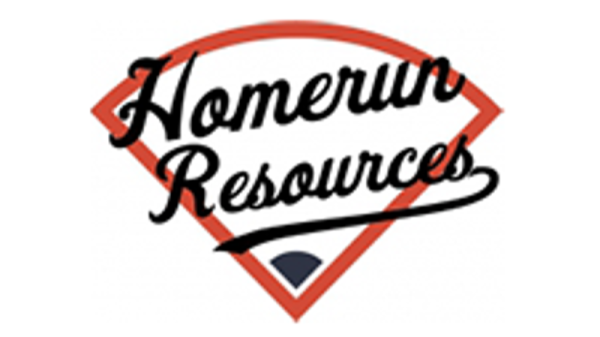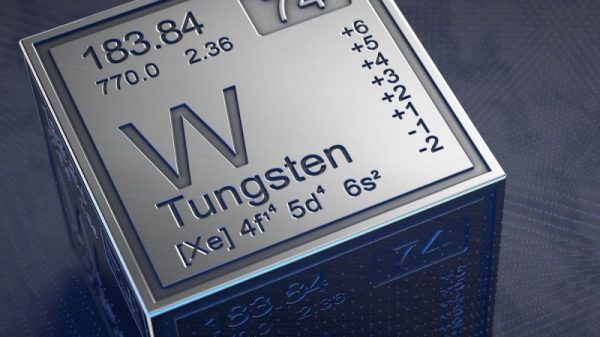Depreciation and Amortization: What’s the Difference?
Key Takeaways:
Depreciation and amortization allow businesses to deduct the costs of assets over time, offering tax benefits and better financial management.
Amortization reduces tax liability by spreading out the cost of intangible assets over their useful life, while Depreciation does the same for tangible assets.
Both methods help align asset expenses with their benefits, aiding in accurate financial reporting and valuation.
Filing Form 4562 is necessary to claim deductions for Depreciation and amortization, ensuring compliance with tax regulations.
Have you ever thought about what Depreciation and amortization is? Why should you learn to comprehend it as a true professional?
Before we discuss Depreciation and Amortization, let’s first understand the basics. Let’s start with Depreciation first, and then we’ll cover the next, shall we?
What is Depreciation?
Depreciation is a way to lower expenses associated with a long-term fixed asset’s costs. These assets, such as land, vehicles, buildings, and machinery, decrease in value over time.
Businesses use depreciation figures to understand the cost of an asset compared to its earnings potential.
Tangible assets have a salvage value at the end, subtracted from their original cost. Companies deduct the depreciated amount from the asset’s value throughout its useful life in financial statements.
There are different ways to calculate how an asset loses value over time. These methods include straight-line, declining balance, and double-declining balance.
Double-declining balance
These methods spread out Depreciation evenly or accelerate it based on the asset’s anticipated loss of value.
What is Amortization?
Amortization is the gradual decrease in the value of intangible assets like patents, trademarks, copyrights, and franchise agreements.
Repayment means paying back borrowed money. This applies to various purposes, such as buying a house or funding education.
Repayment is done through regular payments. These payments include both the borrowed amount and the interest.
It means spreading out intangible asset expenses over time, done by accountants using the straight-line method.
Understanding Depreciation and Amortization
Depreciation and amortization are methods to assess the decline in value of both tangible and intangible assets over time.
Comprehending these accounting concepts is essential for informed decision-making when acquiring property or investing in business assets.
Understanding these principles improves financial decision-making, saves time and money, and ensures accurate financial reporting.
In this article, we define Depreciation and amortization, highlight their distinctions, and offer examples of their utilization in financial reporting.
We learn how to calculate and comprehend the costs of repaying a loan. This includes interest and taxes, done within a specific timeframe. These factors are crucial in financial management.
How to calculate Depreciation and Amortization?
Depreciation is calculated with the straight-line method. It is a key component of balance sheets and has implications for income taxes. This method applies particularly to tangible assets with a physical presence and an identifiable useful life.
Tangible assets are integral to a company’s financial statements and have a lasting impact on cash flow.
Conversely, amortization primarily concerns intangible assets but operates on a similar principle. Despite this similarity, there are differences in its application.
Understanding the effects of Depreciation and amortization on financial statements and cash flow is crucial for proficient financial management.
What is the fastest method for determining Depreciation?
The straight-line depreciation approach is the simplest to grasp and put into practice. Begin by deducting the asset’s salvage value from its initial cost.
Then, divide the residual sum by the asset’s anticipated lifespan. This provides the depreciation amount to acknowledge for each interval.
How to calculate amortization quickly?
To compute amortization, initially, multiply the principal amount by the interest rate. Then, divide this figure by 12 months to ascertain the interest charge for the present month.
Lastly, deduct the interest fee from your overall monthly payment. The remainder indicates the portion allocated to the principal for that month.
Depreciation vs Amortization – Key Differences to Remember
Depreciation and amortization are methods to gauge the worth of business assets over time. Though similar, they have distinctions:
Value: Depreciation concerns the value of depreciable assets after use, known as salvage value. Amortization calculates the declining worth of intangible assets like intellectual property using the straight-line method.
Calculation method: Depreciation can employ the straight-line method or accelerated Depreciation to assess values. Amortization solely uses the straight-line method, gradually reducing the value of intangible assets over a specific period.
Application: Depreciation applies to tangible assets like buildings, machinery, and equipment, particularly in determining their disposal value. Conversely, amortization pertains to intangible assets like copyrights and patents, often in business acquisitions.
Understanding earnings before interest taxes
Earnings before interest taxes, Depreciation, and amortization (EBITDA) represent a fundamental gauge of corporate profitability.
EBITDA is computed by summing up interest, tax, Depreciation, and amortization expenses with net income.
In addition, companies may need to consider the impact of Depreciation and amortization on their financial statements, which is often reported using form 4562 depreciation and amortization.
This form lets businesses detail their depreciation and amortization expenses, providing a comprehensive overview of these costs in their financial reporting.
Example of Depreciation and Amortization
Depreciation and amortization affect taxes, influencing earnings before interest taxes and tax liability. Companies must track these expenses over tax years and may need to file Form 4562 to report them accurately.
Here are examples of how depreciation methods work:
Straight-line method example
Derby Business Solutions purchased a specialized machine for $300,000 to streamline form filing. The machine is expected to last 8 years; its residual value is equivalent to 15% of the initial purchase cost. Using the straight-line method:
Machine cost: $300,000
Salvage value: $45,000
Depreciated value: $255,000
Machine life: 8 years
To calculate annual Depreciation:
Annual machine depreciation = $255,000 / 8 = $31,875
So, the annual depreciation for the machine is $31,875.
Declining balance method example
Gravity Jump buys a snow blower for $1,200 to clear snow around their building. The manager anticipates a 5-year lifespan with a $100 residual value. With a 25% depreciation rate:
Year
Depreciation equation
Yearly depreciation amount
End-of-year value
1
25% x ($1,200 – $100)
$275
$925
2
25% x ($925)
$231.25
$693.75
3
25% x ($693.75)
$173.44
$520.31
4
25% x ($520.31)
$130.08
$390.23
5
25% x ($390.23)
$97.56
$292.67
Advantages of amortization and Depreciation
As both amortization and Depreciation can be deducted from taxes as business expenses over a specified period, they offer significant benefits for business clientele.
These advantages are particularly valuable for smaller enterprises operating under financial constraints.
Notable advantages
One notable advantage of amortization is its ability to decrease a client’s tax liability in the current tax year as long as the asset remains in service.
Furthermore, if clients anticipate higher future incomes, they can utilize amortization to mitigate taxes during those years when they enter a higher tax bracket.
Depreciating assets aid companies in reducing their tax burden over several years. Companies align asset utilization with its associated benefits by spreading the asset’s cost over its useful life and expensing it gradually.
Facilitating asset valuation and more!
This approach also facilitates asset valuation, enabling clients to report an asset’s net book value more precisely.
To avail deductions for Depreciation and amortization, clients must file Form 4562 along with their annual tax return.
Bottom line
Understanding depreciation and amortization is crucial for businesses seeking to manage their finances efficiently and maximize tax benefits.
The post Depreciation and Amortization: What’s the Difference? appeared first on FinanceBrokerage.




























